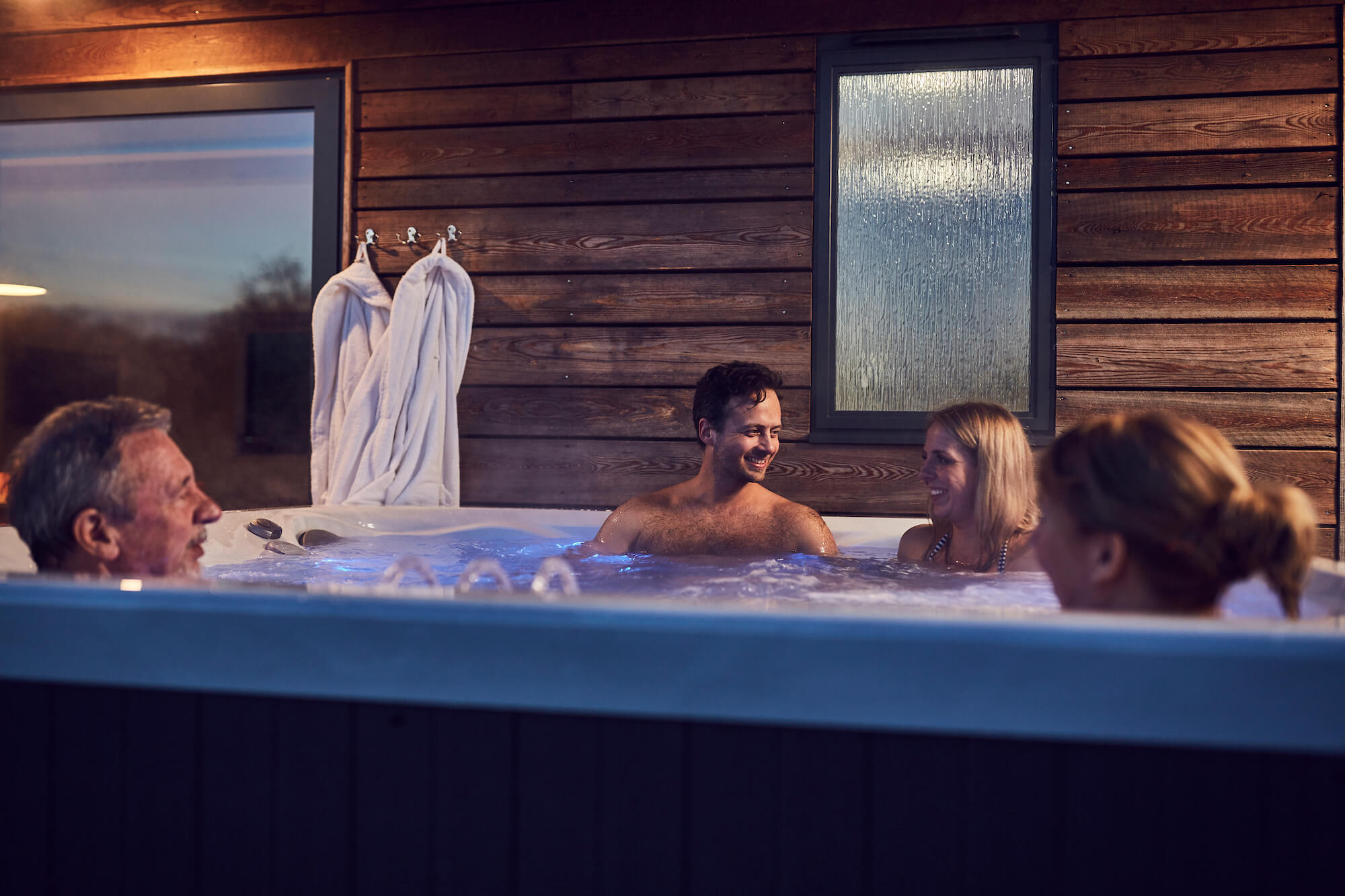How Long Does a Chimney Liner Last in Apache Junction’s Climate
1
0
·
2025/08/08
·
5 mins read
☕
WriterShelf™ is a unique multiple pen name blogging and forum platform. Protect relationships and your privacy. Take your writing in new directions. ** Join WriterShelf**
WriterShelf™ is an open writing platform. The views, information and opinions in this article are those of the author.
Article info
Tags:
Total: 1133 words
Like
or Dislike
More to explore









The Basics: What’s a Chimney Liner and Why Should You Care?
Picture your chimney liner as the protective skin that lines the inside of your chimney. It’s there to keep the smoke, heat, and all those sneaky byproducts of burning wood or gas from escaping where they don’t belong. Instead, everything is funneled safely out of your house. Without a liner, your chimney’s bricks and mortar would be exposed to high temperatures and acidic gases—which can mean cracks, leaks, or even house fires. So, even though it’s out of sight, it’s definitely not something to ignore.
Sizzling Summers and Chilly Nights: Apache Junction’s Impact on Chimney Liners
Now, let’s talk about Apache Junction’s climate. If you’ve lived here through a summer, you know how those scorching days can bake just about anything. Then, when the sun drops, the temperature can plummet pretty quickly. These wild swings can be tough on building materials, and chimney liners are no exception.
Over time, extreme heat can cause certain types of liners—especially older clay liners—to crack or crumble. Metal liners, such as stainless steel, usually handle the heat better but can still expand and contract a tiny bit each day. Even though our winters are mild compared to other places, the sudden cool-down at night can cause stress. That means your liner may wear out faster here than somewhere with gentler seasons.
How Long Should a Chimney Liner Last Around Here?
There’s no single answer, because it depends on what your liner is made of, how often you use your fireplace, and how well you take care of it. But here’s a handy table to give you a rough idea:
As you can see, not all liners are created equal. Clay is pretty common in older homes, but it’s not the best match for Apache Junction’s hot-cold cycles. Stainless steel is popular for upgrades, and while it’s tougher, it still needs a regular checkup. If you rarely use your fireplace, you might get the high end of these estimates, but heavy use or skipped maintenance can cut things short.
Signs Your Chimney Liner Is Waving a Red Flag
So, how do you know when your chimney liner is ready for retirement? Here are some warning signs:
If you spot any of these, it’s time to call in a chimney pro. Don’t wait until you see sparks or smell smoke where it shouldn’t be—catching liner issues early can save your house and your wallet.
Smart Moves: Making Your Chimney Liner Last Longer
You can’t change the weather, but you can definitely help your chimney liner go the distance. Here’s what works:
A little TLC goes a long way, especially in Apache Junction’s tough climate.
Key Features of Chimney Liners
Chimney liners aren’t all the same—some are built for wood-burning, some for gas, and some are more resistant to heat or corrosion. The best ones for Apache Junction are usually stainless steel or ceramic, since they stand up to both the intense summer sun and the surprise cold snaps. Look for liners that are UL listed, which means they’ve been tested for safety and durability.
Safety First
The biggest reason to care about your chimney liner is safety. A damaged or missing liner can let toxic gases sneak into your house or even spark a chimney fire. Regular inspections and prompt fixes are your best defense.
The Cost Factor
Replacing a chimney liner isn’t pocket change. You might spend anywhere from $2,000 to $4,000 for a full stainless steel liner install, depending on your chimney’s height and how tricky the job is. Repairs are cheaper, but catching problems early is always easier on your budget.
Emergency Service
If you ever notice smoke where it doesn’t belong, a sudden drop in fireplace performance, or debris in the firebox, don’t wait—call for emergency service right away. Many chimney companies in Apache Junction offer same-day help for urgent situations. It’s better to be safe than sorry.
FAQs
A: The easiest way is to ask a chimney sweep during your next inspection—they’ll know what to look for.
Q: Do I need a liner if I only use my fireplace a few times a year?
A: Yes! Even occasional use can damage an unlined chimney, and codes usually require one.
Q: Can I clean or repair a liner myself?
A: It’s best to leave it to the pros. Chimney liners are tricky to reach, and a mistake could make things worse.
Q: How often should I have my chimney liner inspected?
A: Once a year is a good rule of thumb—twice if you use your fireplace a lot.
Wrapping Up: Keep Your Chimney Liner in Top Shape
Living in Apache Junction means your chimney liner faces some pretty wild weather. With regular care, the right materials, and a watchful eye for trouble, you can keep things running safely year after year. Don’t wait for a problem to show up—make your chimney liner a part of your annual routine, and it’ll take care of you when you need it most.
Read More: Apache Junction Chimney Sweep